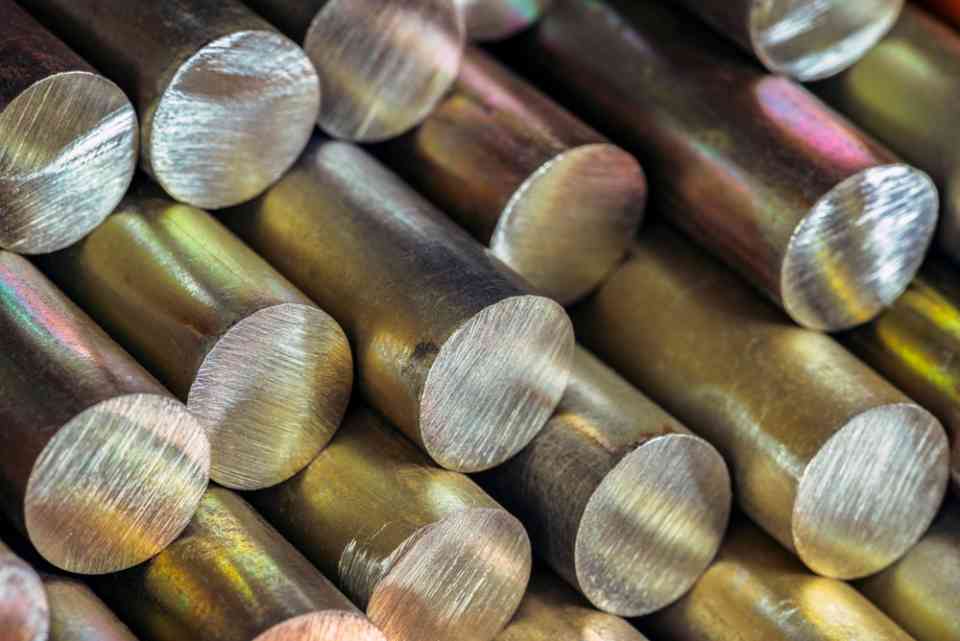India to Lead Global Steel Demand Growth in 2025 Amid Supply Challenges

India is expected to witness an 8%-9% rise in steel demand in 2025, surpassing other major steel-consuming economies, according to a report by CRISIL. The growth will be driven by increased adoption of steel-intensive construction in housing and infrastructure, alongside stronger demand from sectors such as engineering and packaging.
While global steel demand declined by approximately 1% in 2024, with major economies like China, Europe, Japan, and the US registering declines of 2%-3%, developing nations like India and Brazil helped stabilize global figures. India recorded an 11% increase in demand during 2024, with Brazil following at 5.6%. This upward trajectory is set to continue in 2025, with global demand forecasted to grow between 0.5% and 1.5%, aided by easing financing conditions and pent-up demand, especially in economies like the EU, US, and Korea.
Despite the positive demand outlook, CRISIL highlighted concerns about domestic supply in India. Sehul Bhatt, Director of Research at CRISIL Market Intelligence and Analytics, explained that India’s steel supply growth in 2024 was modest, at 5.2%, due to planned and maintenance shutdowns. While crude and finished steel production by large players grew only marginally, medium and small-scale producers saw significant increases of 14% and 11.3%, respectively, driven by sustained demand from long steel end-users.
Imports also played a significant role in meeting domestic demand. Finished steel imports rose by 24.5% in 2024, while exports declined by 6.4%, adding an additional 3.2 million tonnes of material to the domestic market. China, Japan, and Vietnam were among the key contributors to India’s rising import volumes. For instance, imports of hot-rolled coil (HRC) from China surged 28-fold between 2022 and 2024, while Japan and Vietnam saw similar growth in their steel exports to India. These imports, often priced lower than domestic products, created downward pressure on local steel prices.
As a result, domestic steel prices declined in 2024, with HRC prices falling by 9% and cold-rolled coil (CRC) prices dropping by 7%. Falling coking coal prices, down 12% during the year, somewhat offset the margin pressures on steel producers, despite a 9%-10% increase in iron ore prices. However, global steel prices also declined, with Chinese HRC export prices dropping by 12%, further intensifying competition.
CRISIL suggested that the imposition of a safeguard duty, expected by February 2025, could help stabilize domestic steel prices. Vishal Singh, another CRISIL research director, indicated that while domestic prices are likely to remain soft in 2025, the safeguard duty could provide a 4%-6% upside, especially in the first half of the year. However, the report cautioned that increasing production from new capacities and competition among domestic mills might limit price increases.
India’s continued leadership in steel demand growth, coupled with supply and pricing dynamics, underscores the country’s pivotal role in shaping global steel market trends in 2025.
| GDP (nominal) | Capital | Head of State | Head of Government | GDP (nominal) per capita | GDP (PPP) | GDP (PPP) | GDP (PPP) per capita |
|---|---|---|---|---|---|---|---|
| India | New Delhi | Smt. Droupadi Murmu (female) | Shri Narendra Modi | 3.732.224 | 2.612 | 14.260.000 | 9.183 |
Have you read?
Best Fashion Schools.
Best Universities.
Best Medical Schools.
Best International High Schools.
Countries: Most Female Billionaires.
Bring the best of the CEOWORLD magazine's global journalism to audiences in the United States and around the world. - Add CEOWORLD magazine to your Google News feed.
Follow CEOWORLD magazine headlines on: Google News, LinkedIn, Twitter, and Facebook.
Copyright 2025 The CEOWORLD magazine. All rights reserved. This material (and any extract from it) must not be copied, redistributed or placed on any website, without CEOWORLD magazine' prior written consent. For media queries, please contact: info@ceoworld.biz








